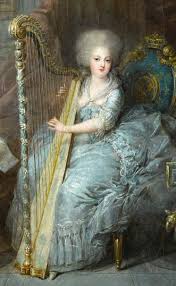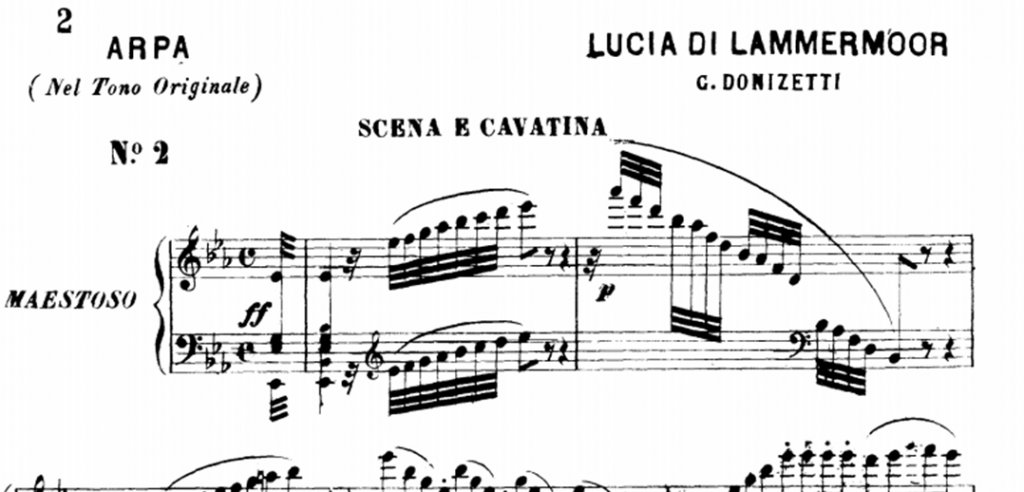After a little time away from our bi-weekly schedule (2 weeks off) I am happy to be back with more harp history knowledge for you! This weeks discussion will be the end of “When 7 pedals just aren’t enough,” and I really think that I saved the best for last! First there was an 8th pedal to control swell doors on the back of the harp; then with the 9th pedal the harpist was able to dampen their bass strings; finally we come to might very well be the most ridiculous pedal invention.
The first “double-action” pedal harp…
It’s important to notice the use of quotation marks when we discuss the first “double-action” pedal harp. Understand that I am not referring to the 1811 invention of Sébastien Érard which rippled through the early 19th century harp world like wild-fire. Instead I refer to an invention by 18th century harp makers George Cousineau (1733-c.1799), and his son Jacques-Georges Cousineau (1760-1824).
Cousineau harp making
Along with Jean-Henri Naderman, the Cousineau family were the most important harp makers of the 18th century. Both based in Paris, France, these two harp makers played an huge role in most of the early technological developments made to the mechanical elements of the instrument and were some of the first manufacturers to sell single-action pedal harps.
Everything changed for the harp-makers of Paris when Marie Antoinette became Princess of Wales in 1770. A harpist herself, the eventual Queen of France (reign 1774-1792) tasked the harp makers of Paris with creating a superior instrument. The Cousineau family made great efforts to improve the single-action pedal harp, including an improvement to the tuning pin system from the crochet (which pulled the string toward the harp in order to alter the pitch) to béguilles system (which used two paddle like doors to bend the string) in 1775. It is at this point that we run across our main topic of discussion… the first “double-action” pedal harp.
(In fact, Marie Antoinette is largely responsible for the rise of the harp in 18th century France. Without her help in exposing the people to the instrument who knows where the harp would be today!)
14 pedals… wait… what?
Thats right!! In c.1782 the Cousineau harp making company created an instrument with 14 pedals, placed in two rows of 7, that allowed for music to be performed in all keys, making it technically the first “double-action” harp… of sorts. Certainly much less refined than the Érard instrument, this harp must have been a mechanical monster.
I was so shocked when I first learned of this harp… and am sad to say that I haven’t ever seen one in person and was unable to find much through deep internet searching. I can’t imagine that Marie Antoinette was terribly pleased by this invention since it hasn’t seemed to survive as many other Naderman and Cousineau instruments have.
Have you ever seen a 14 pedal harp? Can you imagine trying to maneuver 14 pedals?? I know I can’t! As always, harp history continues to blow my mind… and I hope it’s doing the same for you!!! All new topics in 2 weeks as we continue down the very vibrant path of harp history!! Comment below with your experience, ideas or any questions you might have! Happy harping!













